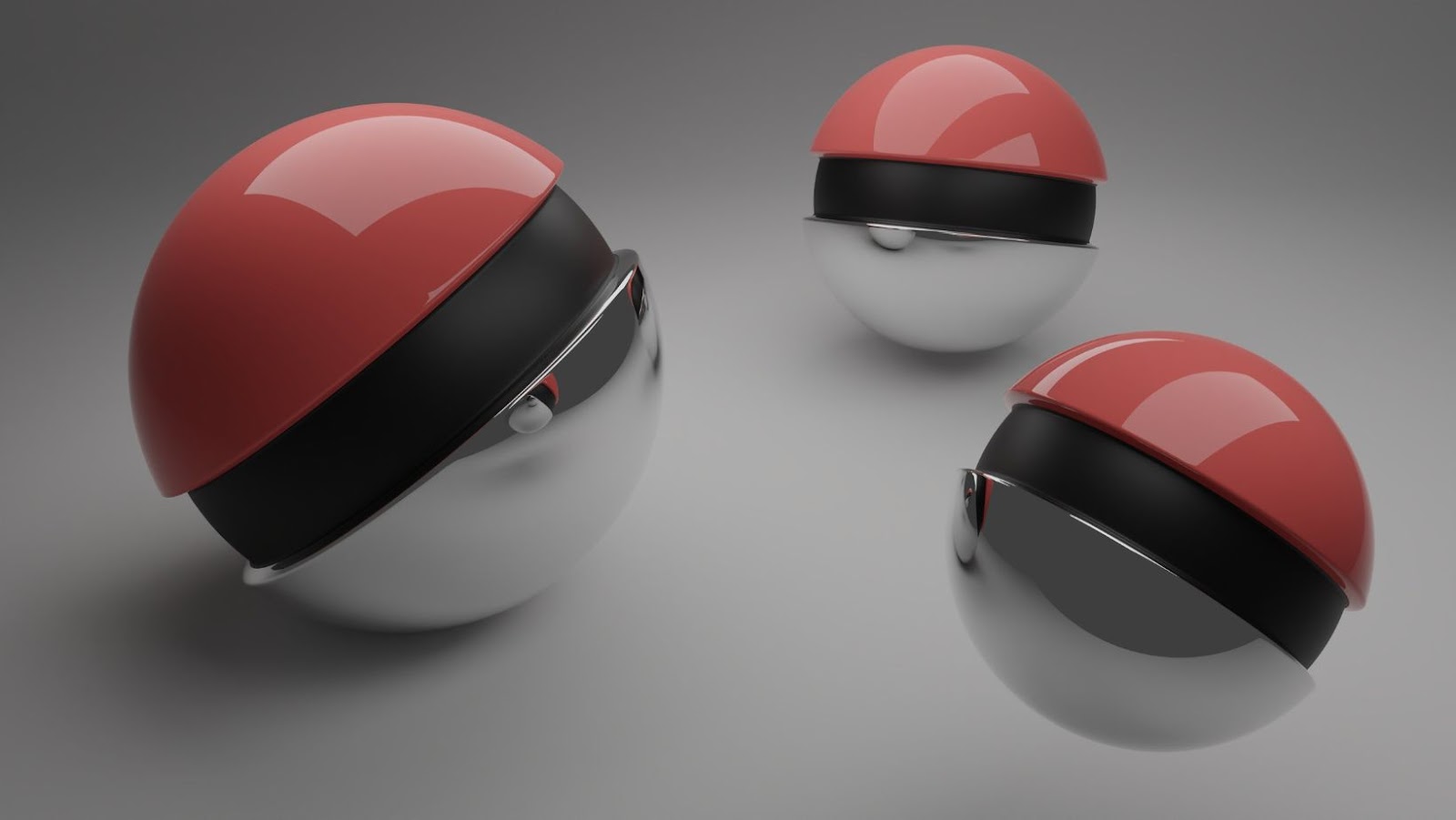 Pokemon DLC Price
Pokemon DLC Price
Pokémon DLCs open a door to extended gaming enjoyment, granting players access to fresh adventures, expanded storylines, and exclusive Pokémon. These packs present an opportunity for players to gain more than the base game offers. Examples include the Pokémon Sword and Pokémon Shield DLCs – The Isle of Armor and The Crown Tundra – offer players the chance to explore new areas, capture unique Pokémon, and participate in distinctive quests.
From the genesis of Pokémon games, DLCs have experienced significant evolution refining the gaming experience. Consider Pokémon Omega Ruby and Alpha Sapphire, released in 2014, which had no DLCs. Contrast this with the late 2019 releases, Pokémon Sword and Pokémon Shield, which were accompanied by two DLCs in 2020, marking a shift in the franchise strategy. This evolution caters to players’ appetites for more content, enabling continual game progression. Further, it underscores the game’s adaptability to change, keeping the Pokémon universe fresh and appealing.
The Pokemon DLC Price structure isn’t arbitrary. It’s built around specific elements and varies between different release packages. Through an understanding of the cost justifications, players can make informed purchasing decisions.
Numerous considerations factor into the Pokemon DLC Price. The key indicators include content quality, gameplay complexity, and exclusive features; to name a few.
Content Quality: High-quality visuals, engaging narratives, and compelling gameplay typically justify higher prices. For instance, The Isle of Armor DLC, part of the Pokémon Sword and Shield expansion pass, offers a full-fledged mini-campaign with hours of gameplay.
 Exploring Pokemon DLC Packages
Exploring Pokemon DLC Packages
This section provides an in-depth examination of Pokémon DLC packages, dissecting their content breakdown and discussing notable DLC releases along with their respective prices.
Pokémon DLC packages, often referred to as expansions, deliver diverse content that ranges from new landscapes, unique Pokémon, expanded storylines, to additional quests. These packs are known to extend gameplay duration, adding not only new challenges but also elements of intrigue and novelty. For example, the DLC packs for Pokémon Sword and Shield, namely The Isle of Armor and The Crown Tundra, introduced players to an entirely new realm, never-before-seen Pokémon, and quest lines that unraveled gripping narratives. These DLC packages offered players exclusive experiences, bridging the value-to-cost ratio, thereby justifying their price-tags.
Noteworthy mentions in Pokémon DLC releases include the Sword and Shield bundle – a two-part expansion including The Isle of Armor and The Crown Tundra – that enters the market at $30. This combined DLC pack is a departure from earlier games such as Pokémon Ultra Sun and Ultra Moon, which offered additional content for free. Over time, Pokémon franchise’s adoption of the DLC model reflects a strategic shift within the gaming industry to monetize extended playability and exclusive features. However, it’s important to note this DLC pricing strategy varies according to the complexity of gameplay, visual quality, and story content provided within each DLC package itself.
 The Value Proposition of Pokemon DLC
The Value Proposition of Pokemon DLC
A value analysis of Pokemon’s downloadable content (DLC) packs can provide insights into the underlying worth of these additions. The worthiness of these DLCs, and how they enhance the overall gaming experience are the focal points of the content below.
Determining the Pokemon DLC Price involves assessing the price against the display of enhanced graphics, extensive narratives, and unique features. For instance, the Pokemon Sword and Shield DLC, priced at $30, features The Isle of Armor mini-campaign, offering exclusive Pokemon and intricate plotlines, increasing its worth. By comparing this to older versions like Pokemon Omega Ruby and Alpha Sapphire, which offered auxiliary content without charge, one gets a clear picture of how Pokemon DLCs have evolved, offering high-quality content worth the price asked. However, players must consider multiple elements within the DLCs like gameplay complexity, visual quality, and exclusive content when evaluating their worth.
Pokemon DLC Price are designed to enhance the player’s immersion and experience. They achieve this through the introduction of new landscapes, unique Pokemon, and extended plotlines, which increase the playability length and offer novel challenges. The Pokemon Sword and Shield bundle, known for The Isle of Armor and The Crown Tundra releases, is a substantial example. Priced at $30, it introduced a paradigm shift from earlier games, offering players with engaging content and delivering higher value for the price. This shift led to an industry-wide strategy of enhancing gameplay through paid extended playability and exclusive content, thus uplifting the overall gaming experience.